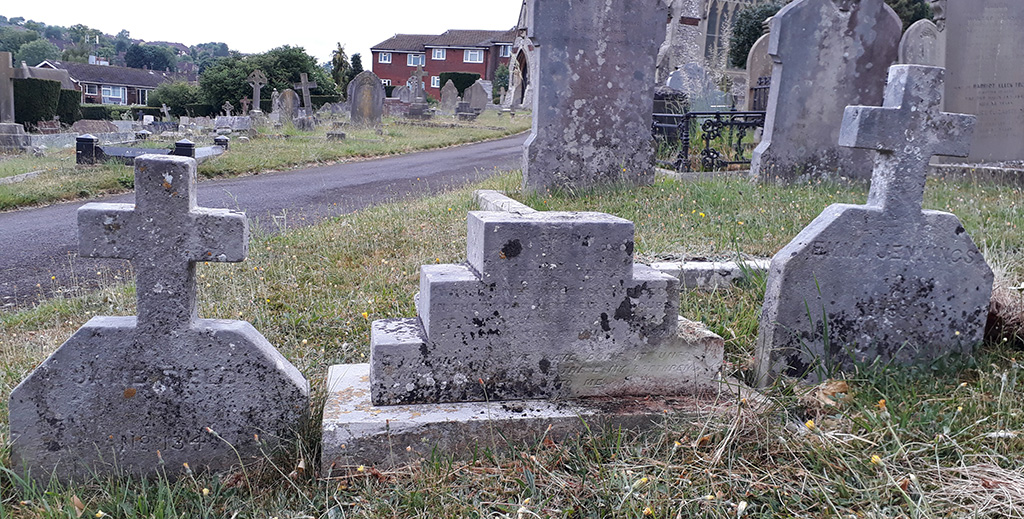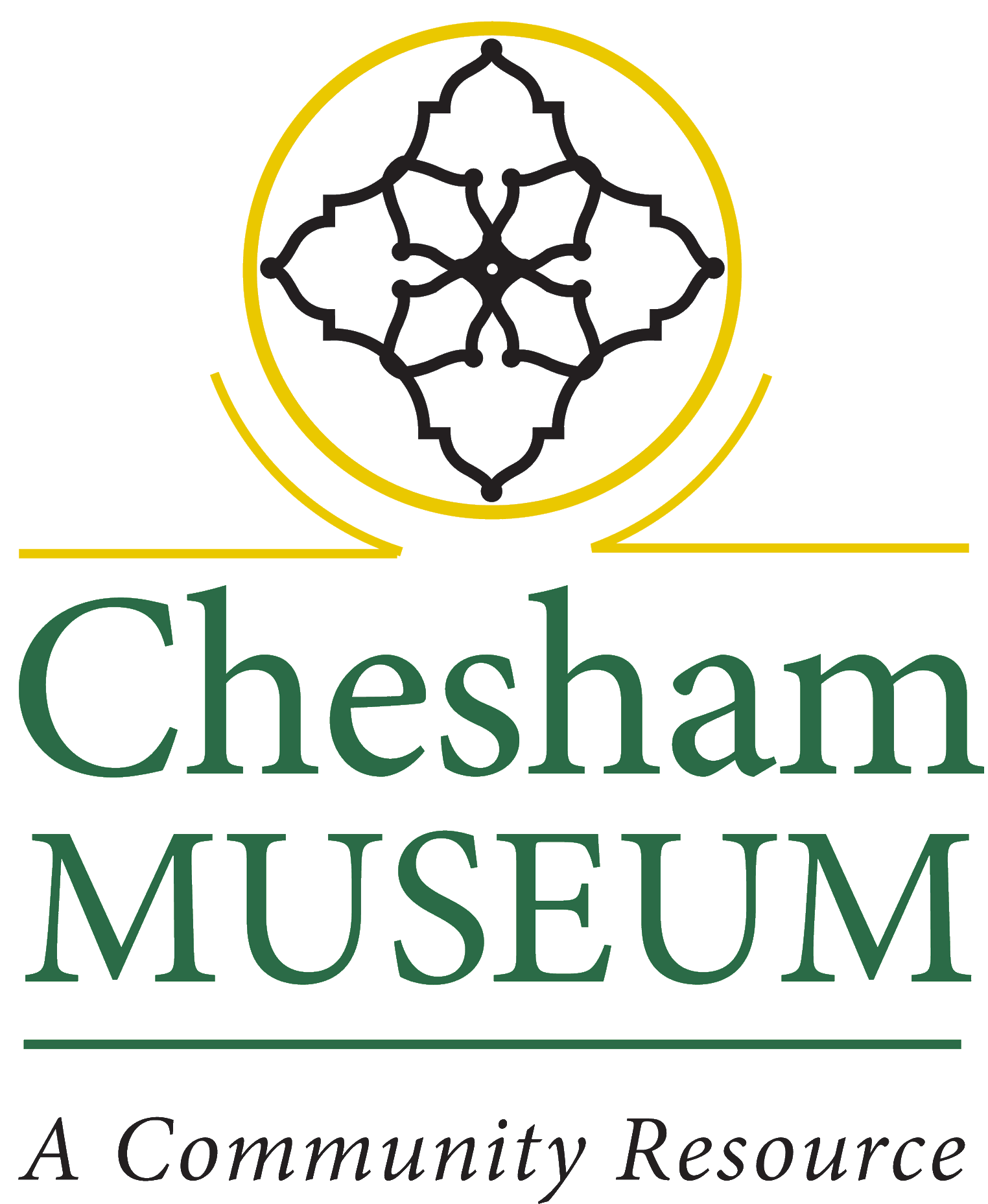Chesham’s typhoid epidemic of 1871
Chesham has not always been a healthy place to live. It had outbreaks of typhoid over the years, but the worst was the typhoid of epidemic of 1871, which was reported in newspapers across the country. This is the story…

Victorian England
For Victorians epidemics of yellow fever, cholera, smallpox and typhoid were an ever-present risk. In was not just the poor who suffered. Prince Albert’s death in 1861 aged 42, was attributed to typhoid, and his son the Prince of Wales had it in 1871, but survived to become King Edward VII.
Chesham’s medics
In 1838 Dr George Faithorn came to Chesham. In 1866 he was joined by Dr John Foot Churchill as assistant, and in 1869 as partner. Chesham Cottage Hospital opened for patients on 30th October 1869, supported by money from Chesham’s churches. It originally had seven beds, overseen by Head Nurse Arabella Hazard and assisted by Nurse Anne Beckley. Dr Faithorn was the first Medical Officer.
Chesham in 1871
By 1871, the population of Chesham town was about 5,000. The main industries were shoemaking and chairmaking for men, and brushmaking and straw plaiting for women. Chesham had many isolated typhoid cases over the years, but in September 1871, there was an epidemic known as the Chesham Plague.
The Health Inspector tracked and traced the cases from 2 Welsh tramps at the Star and Garter beer-house at (now 53, 55 and 57) Church Street (which became a house in 1936). Typhoid then spread to the 16 neighbouring cottages in Hearn’s Yard (now called Bury Lane), then to neighbouring Church Street, and then to Star Yard. The poor people typically lived in cramped, damp and unsanitary conditions.
Caring for the ill

As the number of cases rose, the only patient at Chesham Hospital was moved out so that it could be used solely for typhoid patients. The hospital was soon full, and they tried to contain the disease by isolating people. The doctors worked tirelessly visiting patients. Soon Dr Churchill was stricken with typhoid, and lay in delirium in isolation.
At the end of September 1871, Dr Faithorn also contracted typhoid, but continued to work for as long as he could. With both doctors ill, they needed help, and they sent for nurses from St. John’s House, which was an Anglican Sisterhood Order, in the Strand in London. A trained St John’s nurse, called Jane Field, came to help. Water was not considered safe enough to drink, so she gave patients beef-tea and wine.
Dr Faithorn
Dr Faithorn died of typhoid on 12th October 1871 aged 64. The Lancet wrote “he fell a victim to those very sanitary defects that he strove in vain to remedy”. Meanwhile Dr Churchill, who had now recovered, took over the practice. He later attributed his survival to Anne East, the servant at their house in Germain Street, who insisted that he had hot soup every day. He remained doctor until he retired aged 84 in 1927.
Nurse Field
Jane Field had been a St John’s nurse for 12 years. She arrived in Chesham when the two doctors were both ill. She had previously worked in St Giles, London but she said that she had never seen such squalor as in Chesham. After working for three weeks she too caught typhoid. Nurses Werrells and Mason, were sent to fill her place. Nurse Field was ill for ten days and died on 28th October 1871 aged 43.
The Iron Hospital
A prefabricated corrugated-iron hospital (known as the Iron Hospital) was put up behind Chesham Cottage Hospital, and opened on 28th October 1871. It could accommodate 26 patients, and was used as an isolation unit, whilst the Cottage Hospital was used for convalescence. Six patients were sent to Mrs Rusher’s Convalescent Home in Dover. The Iron Hospital was staffed by nurses from another Anglican order of nurses from All Saints Church, Margaret Street in London. Infection rates dropped as patients were isolated and treated.
Rev Aylward
Rev Frederick Aylward, the vicar of St Mary’s Church in Chesham often visited the sick at their homes or at the hospital. Hearn’s Yard, the worst affected area, backed onto the Vicarage garden wall off Church Street. He too caught typhoid, and after ten days he died on 12th November 1871 aged 50. He was well respected, and it was said to be one of the biggest funerals Chesham had ever had.
Nurse Jennings
Two days after the vicar died, on 14th November, Nurse Jennings died aged 48 at the hospital. She was an All Saints nurse and was a widow with seven children.
End of the epidemic
By December 1871, there were no new typhoid cases. The surviving nurses returned to London. People felt confident to travel to Chesham again and trade picked up. Dr Churchill later recalled that he had had 120 patients. There had been 24 deaths attributed directly to typhoid, and others died of measles or diarrhoea. They were all buried in Chesham Cemetery.
Improved sanitation became urgent. Waterworks, mains drainage, and a sewerage works were slowly introduced to Chesham. Some of Hearn’s Yard was demolished all that is left of the old yard are the Sixpenny Houses (known as Bury Lane Cottages). There continued to be small numbers of cases over the following years, and the Iron Hospital remained in use as a fever unit, until it was sold in 1892.
Memorial to the nurses

A patch of Chesham cemetery has the graves of the Christian vicar, doctor and nurses who lost their lived during the epidemic. A stone between the neighbouring graves of the two London nurses Jane Field and Emma Jennings reads (in capital letters): “In memory of two devoted nurses whose lived were sacrificed in the midst of their labours of love during the outbreak of fever in the autumn of 1871”.
Memorial to Rev Aylward
A brass memorial plaque to Rev Aylward hangs in the parish church behind the pulpit, which finishes with “in the faithful discharge of his duties he was stricken with fever and slept in Jesus Nov 12 1871”. Then in the 1950s a road called Aylward Gardens in Chesham was named after him.
This article is a slightly modified form of one first published in the pages of the Bucks Free Press, Amersham and Chesham edition, on 21st June 2020.
Epidemics and health care in Chesham
Learn more about healthcare in Chesham in our collection.


